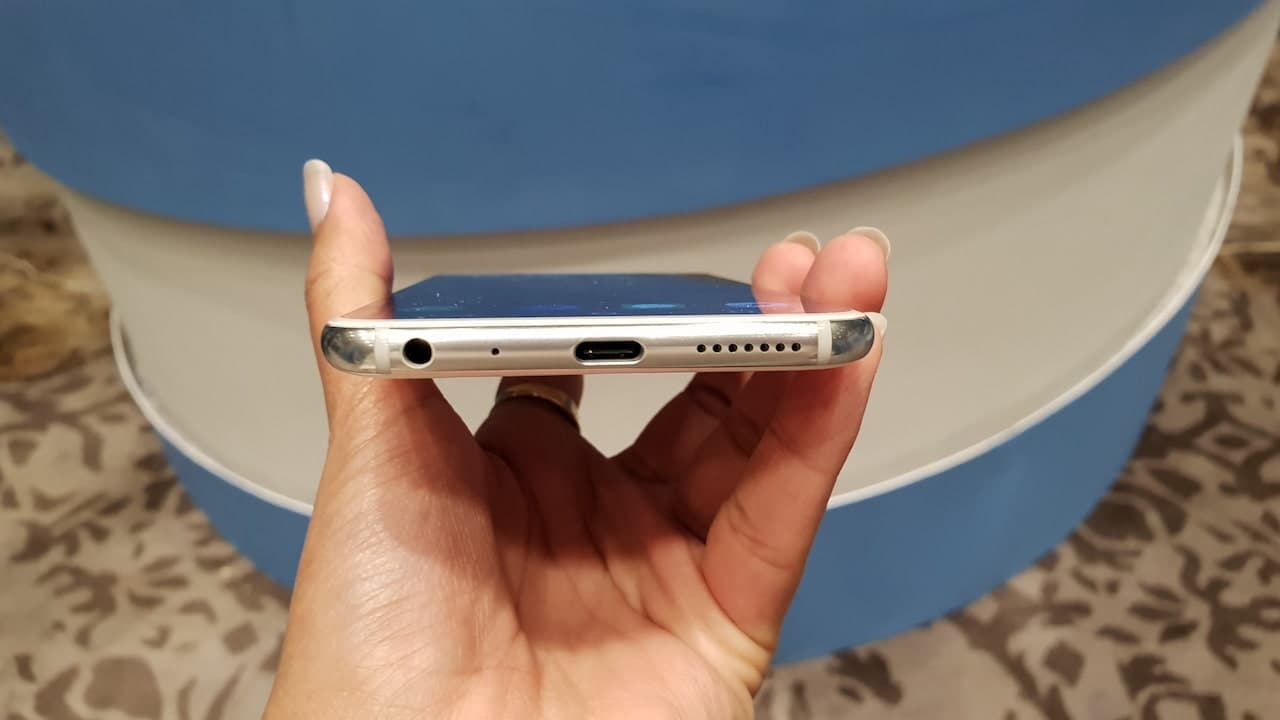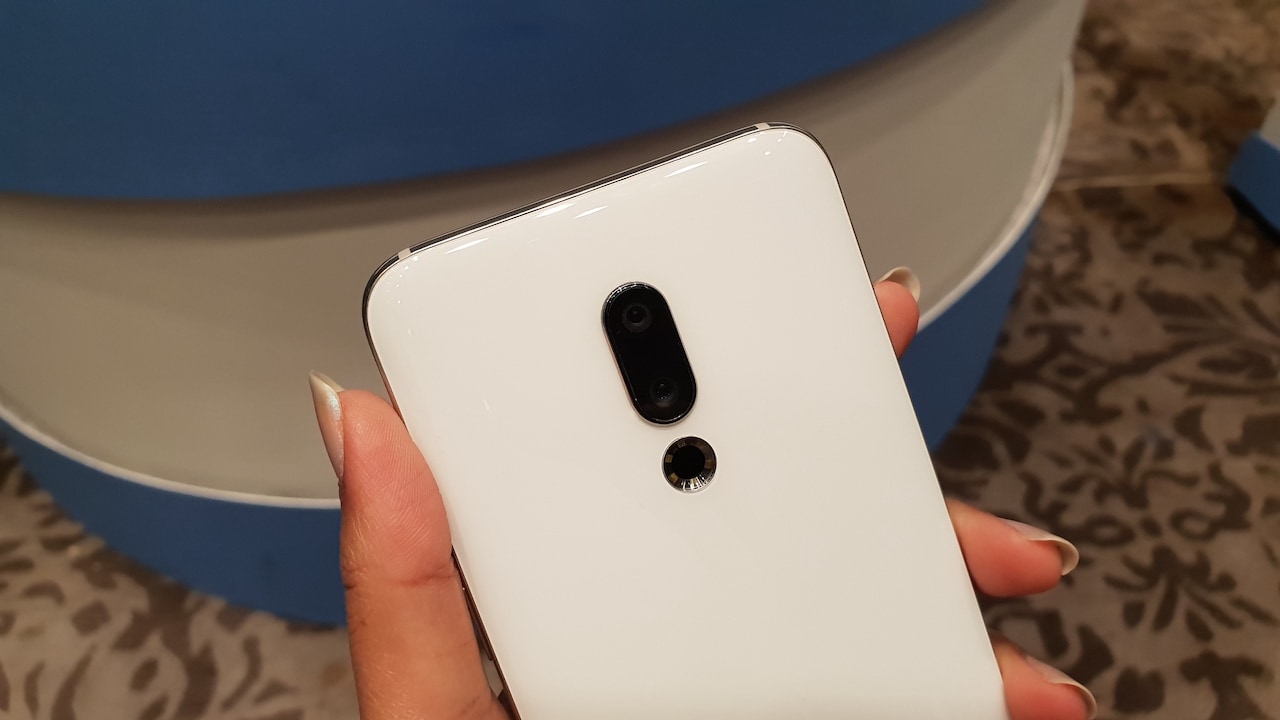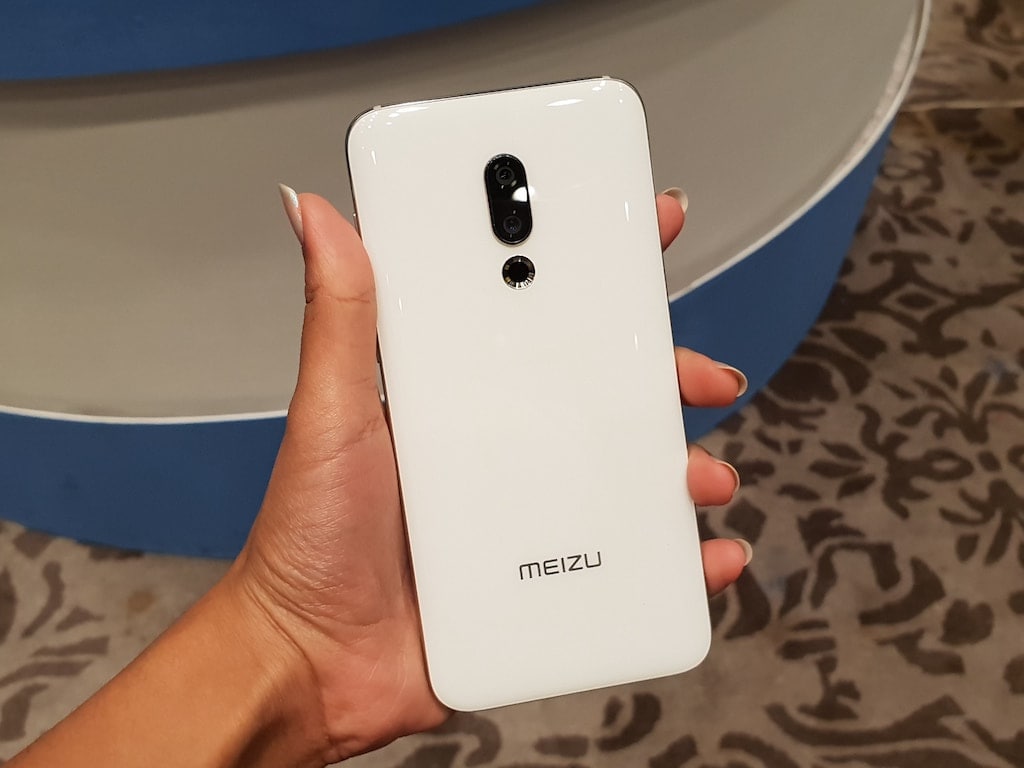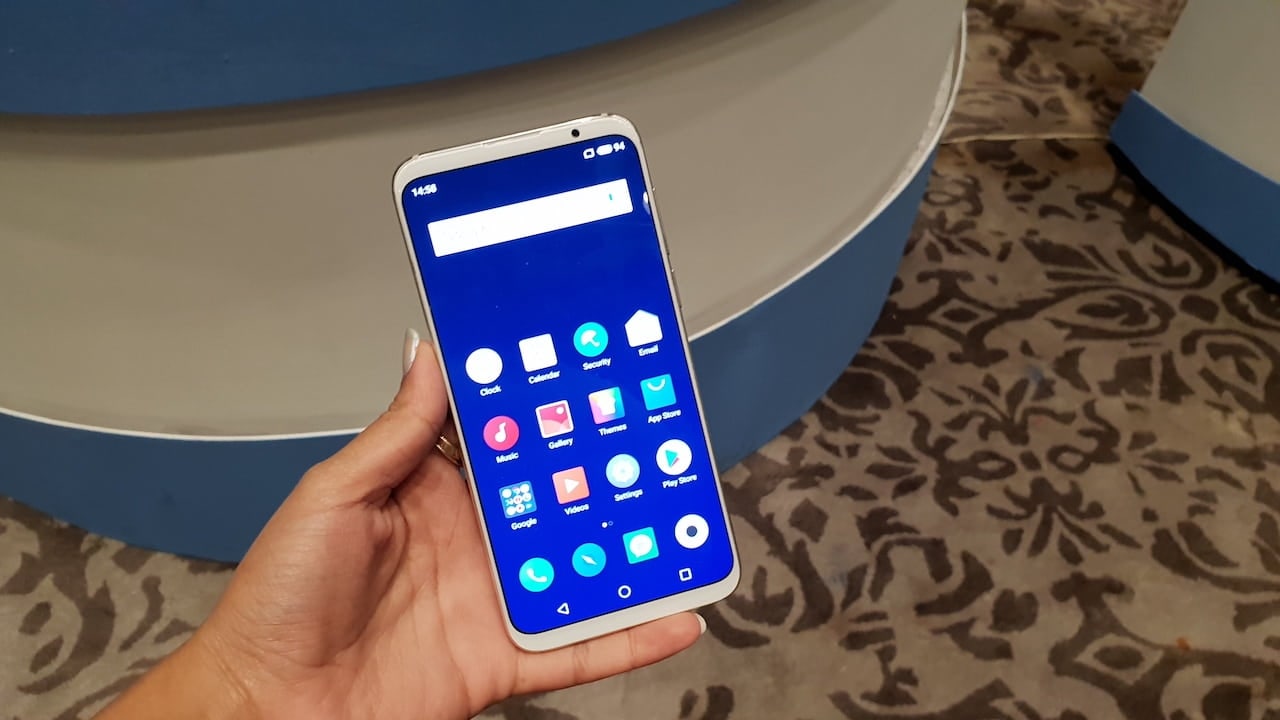Nandini Yadav Dec 06, 2018 17:54 PM IST
On 5 December, Meizu launched three new smartphones in India, marking a formal entrance into the country’s market. Meizu India launched two budget devices, and a flagship phone called the Meizu 16th. Now, before I go into any details about the device, I want to mention the hilarious confusion that the phone’s name has created. While the company’s Overseas Market Head Leon Zhang called it the Meizu 16th, the others called it the Meizu 16 TH (Read: Tee Ech!). While calling it the 16th somewhat makes sense because it is the company’s 16th smartphone, but what would 16 TH even mean?
Anyway, the Meizu 16th is priced at Rs 39,999, and will exclusively sell on Amazon India. The availability dates of the device haven’t been announced yet.
I got to spend a few minutes with the device during the event, and here is what I made out of the device in my first impressions.
Display, Design and Build
The Meizu 16th is definitely the most attractive looking device of the three smartphones that were launched at the event and also the most premium offering from the brand.
During the launch event, Leon Zhang very pertinently mocked the identical design of most smartphones in the market with the standard notch design since the launch of Apple iPhone X in 2017. The Meizu 16th did not adopt the notch, but it’s not a very unique design either.
The thin bezels that surround the broad display look pretty similar to what we have seen on the Samsung Galaxy S9 phones (just that this is a flat display), however, what makes it different is the thinness of the bezel. From what Meizu claims, it sports the thinnest bezels among all smartphones seen in the market at the moment.

The Meizu 16th features a Type-C charging port with claims for over a 60 percent up charge in 30 minutes. Photo: tech2/Nandini Yadav
The Meizu 16th features a 6-inch HD+ Super AMOLED display with an 84.3 percent screen to body ratio. The display has a resolution of 1080 x 2160 pixels and an 18:9 aspect ratio.
The Meizu 16th sports a glass back, and a thickness of 7.3 mm, which is apparently 15 percent lesser than that of a OnePlus 6T.
Chipset, OS, and storage
The Meizu 16th is powered by an octa-core Qualcomm Snapdragon 845 SoC, with 8 GB of RAM and 128 GB of storage. The device runs Android 8.0 Oreo with Meizu’s Flyme OS layered on top. Interestingly though, when I was playing around with the device I noticed that the 16th’s UI had Android Pie-like gestures. The main menu lets you swipe up to access all opened apps and drag them towards the top to close them. The fluidity of these OS, however, can only be declared once we review the phones.
Another interesting bit about the device is its in-display fingerprint sensor, which as the company claims has a response time of 0.25 seconds. Meizu also drew a very interesting analogy of how simple and efficient the in-display fingerprint setup of the phone is by saying that “even a cat can do it”.

Meizu 16th sports a dual camera setup at the back, which is a combination of a 20MP and a 12MP sensor. Image: tech2/Nandini Yadav
Camera and Battery
The Meizu 16th is fuelled by a 3,010 mAh battery, which Meizu claims can run for 10 hours. The camera is definitely one of the highlights of the smartphone. The device features a dual-camera setup at the back with a 12 MP (f/1.8 aperture) primary sensor and a 20 MP (f/2.6 aperture) secondary sensor. The rear camera also comes with a six-LED dual-tone flash.
Up front, the smartphone sports a 20 MP sensor with f/2.0 aperture, which is also apparently the world’s smallest 20 MP lens, which has also allowed for the thinnest bezel on Meizu 16th. Really waiting to test this device’s camera now!
Conclusion
The Meizu 16th looks like a competitive device ready to be head-on with the likes of OnePlus 6T. On paper it has all the specifications you would probably look for a device in this segment, however, a detailed review would probably help better understand where the device stands in terms of performance against the competition. Stay tuned!


Post a Comment